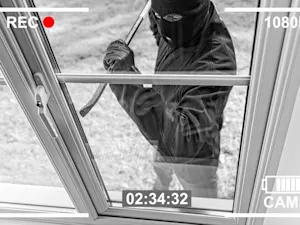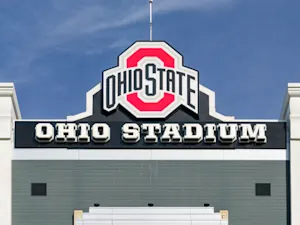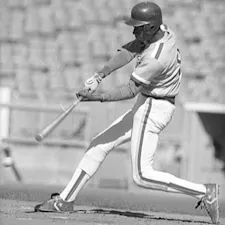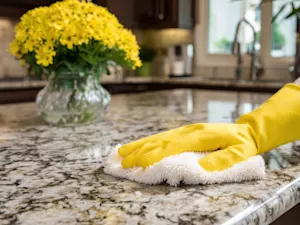
Why Old Books Turn Yellow (and Why Your Library Smells Like That)
Ah, there is nothing like a trip to the library, is there? Being surrounded by books, movies, board games, toys, sometimes even tools. There's truly something for everyone! When you get there, you're immediately greeted by one of the familiar comforts of the local library — the scent of the books, enticing you to pick one off the shelf and dive right in.

Generally, your library at home is scentless. So where does that smell come from? And why do the pages in old books turn that distinguished golden-yellow color? Surely it can't be dirt, right?
To answer these questions, we'll have to dive into a topic we don't think about often...
How Is Paper Made?
You likely already know that paper is made from trees. This means paper is just heavily processed wood, which can be weird to think about sometimes. Every time you pick up a book, you also pick up a block of wood.
Wood is basically composed of two substances; cellulose, the wood fibers that make up the bulk of it, and lignin, the organic glue holding those fibers together. To make paper, you need to remove the lignin.
This process, fittingly, is called delignification: A very fun word which would net you lots of Scrabble™ points. It's 23 points, in case you were wondering, and that's before double or triple word scores.

To do this, you need to break down the wood into tiny pieces, via something like a woodchipper, and then boil the wood in chemicals to dissolve the lignin bonds. What's left is wood pulp, the liquefied form of wood that, when spread thin on a flat surface and allowed to dry, becomes paper!
Rough, scratchy, brown paper!
Yeah, there are still a few things left to do.
Why Paper Is White (And Why It Turns Yellow)
To make the paper presentable and usable, it needs a few chemical treatments. These help the paper feel smooth on a macroscopic level (that is, it feels smooth to the touch; on a molecular level it's always going to be a jumble of cellulose) and prevent ink from sinking too deeply into it and causing bleeding when your pen touches it.
Finally, oxygen bleaching and a finishing coat of chalk give the paper that snowy white color just inviting you to write your memoirs. Or to keep track of your Scrabble scores.
Here's the rub — delignification can be pricey. Therefore, fully delignified paper really eats into the profit margins of book publishers. To compensate, those publishers might purchase paper made from wood pulp that didn't undergo as much delignification.
Oh, we forgot to mention, lignin reacts to oxygen in the presence of light. The reaction creates chromophores, color-producing molecules that turn the paper more and more yellow as they build up over time.
You can see where this is going — more lignin in cheap paper means more chromophores, which means faster yellowing. You can observe this in older paperbacks, particularly with more obscure books the publisher clearly wasn't confident were going to generate a profit.
In some cases, paper manufacturers would try to compensate for the increased lignin in their paper by coating it in aluminum sulfate, not realizing this would also turn the pages yellow via a completely different chemical reaction.
There's just no winning sometimes.

However, yellowing paper is just part of the paper aging process. Even good-quality, highly delignified paper will turn yellow eventually. After all, it's an organic product, and that's just how life works.
That library smell we discussed? That's the smell of the paper aging. Your books at home are probably much newer than the library's and don't receive the same light exposure, so they age slower and thus don't have the same scent.
Don't worry, though! With patience, you too can have a personal book collection perfumed with the musk of wisdom! Much like your favorite book coming to a close, yellow paper is inevitable!
References: Basics of Paper Manufacturing | Why is Paper White?| Miodownik, Mark. Stuff Matters: Exploring the Marvelous Materials that Shape Our Man-Made World. London, Penguin Books, 2013.
























